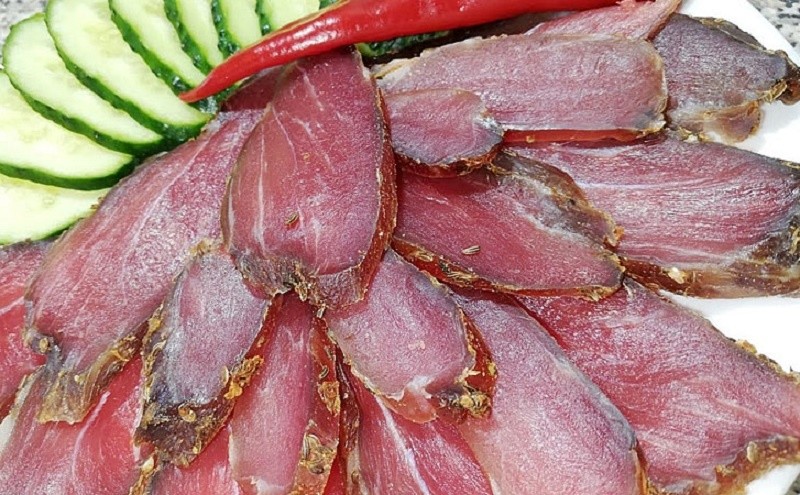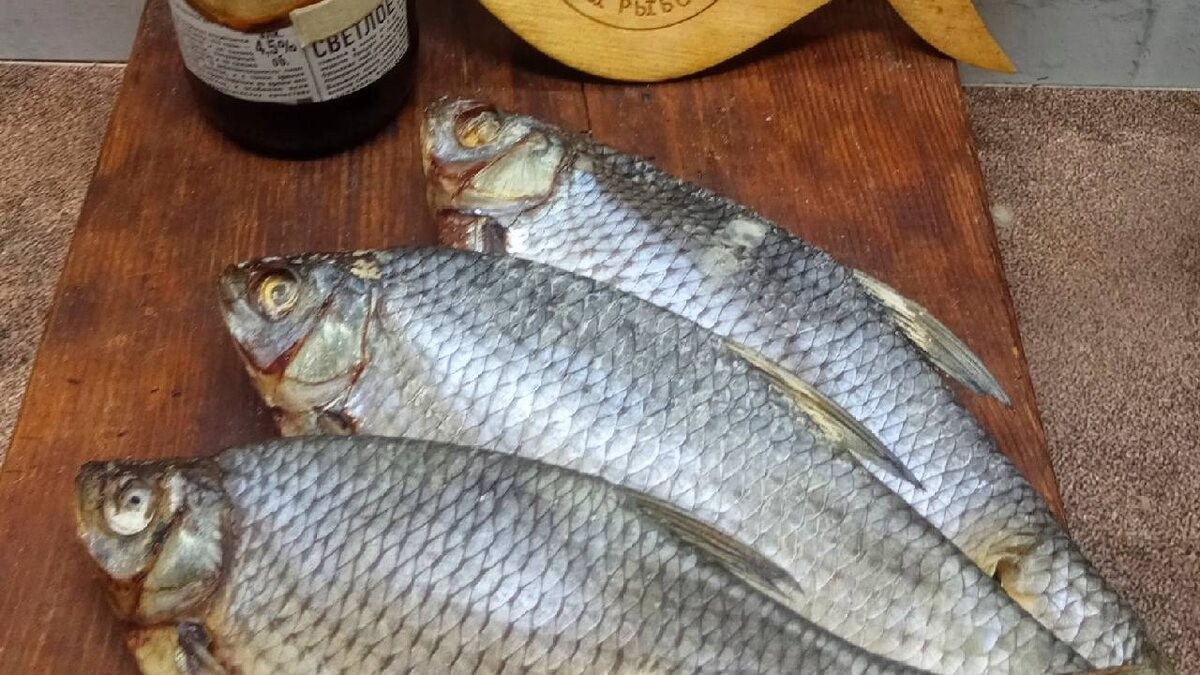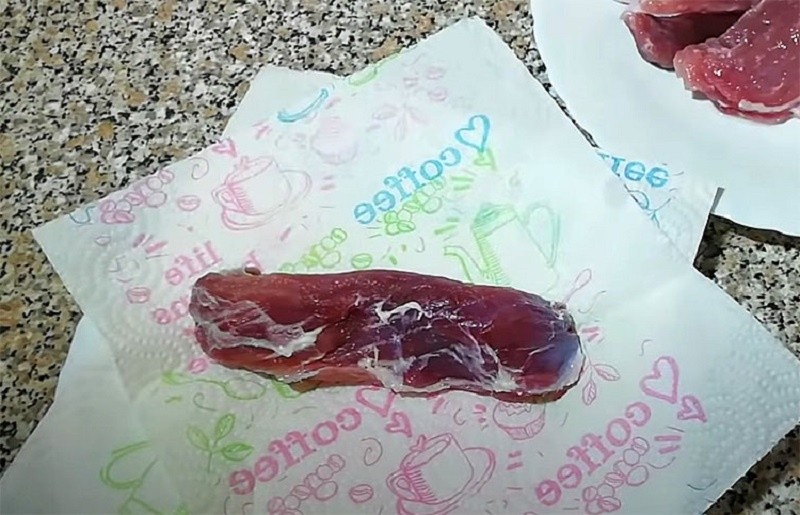Homemade Dried Meat: The Simple, Chemical-Free Snack That Makes You a Gourmet
This is a crowd-pleasing, restaurant-worthy snack you can make at home—without preservatives or questionable additives. The ancient craft of curing meat kept foods safe long ago, when shelves were scarce. Today you can reproduce it in a regular kitchen, but it requires care: cool air, proper salting, and vigilant monitoring for moisture or mold.

In This Article:
Why This Old Method Is Surging Again
Why this old technique is resurfacing: store meat delicacies have become expensive, and there is growing interest in natural, healthy recipes. People are turning to natural and healthy recipes, seeking transparency in what they eat. And many simply want to surprise loved ones with a handmade snack crafted with care.

What You Need to Start
Classic ingredients for a true cure: 1 kg pork (boneless ham), 200 g coarse salt, a mix of ground peppers (black, white, red) to taste, and 3–4 garlic cloves. These ingredients are affordable and simple, making homemade dried meat accessible without complex equipment. Choose fresh, firm pork with no odor or stains. The best options are ham or other thigh cuts: little connective tissue, minimal fat, and no large sinews that would hinder salting. Salting is the key. Use coarse salt and lay a thick salt bed in the container, then thoroughly coat each piece. Salt will draw out moisture and keep the meat tender; once marinated for 24 hours, rinse off the excess salt (some people soak 10–15 minutes to balance flavor).

From Salt to Spice: The Curing Steps
After salting, prepare the spice mix: pepper (black, white, red), optional dried chili, or even a touch of mustard. Garlic should be pressed into a paste and mixed thoroughly with the spices. Roll each piece in the rub on all sides so the flavors penetrate deeply. Some cooks also brush a little olive oil on top. Wrap each piece in cheesecloth, clean kitchen towel, or parchment, and place in a clean, airy space away from direct sun. The goal is a clean, cool environment. Temperature matters. Ideal conditions are a fridge or cool pantry at about 4–8°C. Let the meat rest for 3–4 days; if you prefer a firmer texture, 7–10 days is better. You may change the wrapping or ventilate the space to improve air flow.

Flavor Variations, Serving Ideas, and Storage
Flavor twists and serving ideas: you can add herbs such as dill, rosemary, marjoram, or thyme to boost aroma. A pinch of coriander, cumin, or even a homemade ketchup can elevate the final flavor. For extra tenderness, try a small amount of sugar or a splash of dry wine before you coat the meat with spices. Before serving, slice very thinly with a sharp knife to reveal the texture and let the spices shine. Pair with pickles, fresh vegetables, spicy sauces, honey, or cheese for a refined board. Homemade dried meat also makes a thoughtful gift for lovers of simple, honest food. The step-by-step method lets anyone try new variations each week. Storage question: if the snack isn’t finished in one evening, what are your best storage tips? Share your experiences so others can learn.

